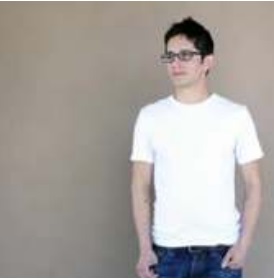North America / USA /
If you identify as an Advanced Salsa Dancer (ASD), remember that with great power comes great responsibility. When you become an ASD, the superpower than you gain is your awesome dance skills. You can use those skills to further your own pleasure and gain by holding them back from the newer dancers below you. Or, you also can give those skills freely to the new dancers waiting to be inspired.

“Waiting” To Be Inspired
The main reason to be inspired is than most new dancers aren’t actually “inspired” by the dance in a deep and meaningful way. They may love it on first sight the same way you like a thing in a store or a person you are attracted to.

But, just like you don’t know that person, they don’t know the dance yet. You don’t know yet if you want to put in the work to have a relationship. You don’t know if there’s enough to get in return until that attractive person shows you their personality. Yes, there are a few new dancers who ‘get the bug’ and dive deep right away.
But, most new dancers need time and inspiration to really fall in love. It can take you a year or maybe more. You can dance some Latin music before or get caught “Salsa” properly. It must be a combination of community, opportunity, and self-confidence that get you to that point. You need be inspired.

An Artist can make someone at their first congress feel amazing, or feel horrible.
The Superpower
The people who have put in the work to become great Salsa dancers are the people in the best position to inspire others. Their superpower is the ability to make people fall in love with the dance. It’s the reason that international artists can inspire so many.

They’ve put in the work that lets us see the best of the Salsa dance. We are attracted to their dancing, which is the first step, the first movement. An Artist can make someone at their first congress feel amazing, or feel horrible.
If the artist has a disengaged pity dance, their partner may not feel the desire to continue learning the dance. If the artist gives their all, their partner may find a renewed appreciation and desire for more.

ASD do the same thing, but on a local level. They’re generally more accessible than the international travelling pros that put them in a position to immediately influence their local community. An advanced salsa dancer who gives of themselves freely will often find many newcomers who are working to be better.
They inspire a growth mindset in their newcomers. There are many examples of this in their own community. One driven earlyintermediate dancer can pinpoint the exact moment that he/she decided to really give all enthusiasm to Salsa dance. It simply took one motivational sentence and dance from a local teacher.
Passion For Community And Dance

Many hardcore dancers feel passionate about the Salsa dancing style. So, many times they forget that newcomers often don’t know enough about the dance to be passionate about it. Mainly, newcomers become passionate about the community, energy, music, and vibe. They may like the dance, but they simply don’t know enough about it to be in love. ASD, remember that how you make beginners feel will determine how they feel about the Salsa dance.
It’s you who will show them the possibilities they have to grow. Use your superpower for all good; share it with those who need you to be inspired. Sure, in a few years you’ll have the benefits when those newcomers turn into your fellow Advanced Salsa Dancers Thanks to their instructor who you are, their best dancer of inspiration.


















